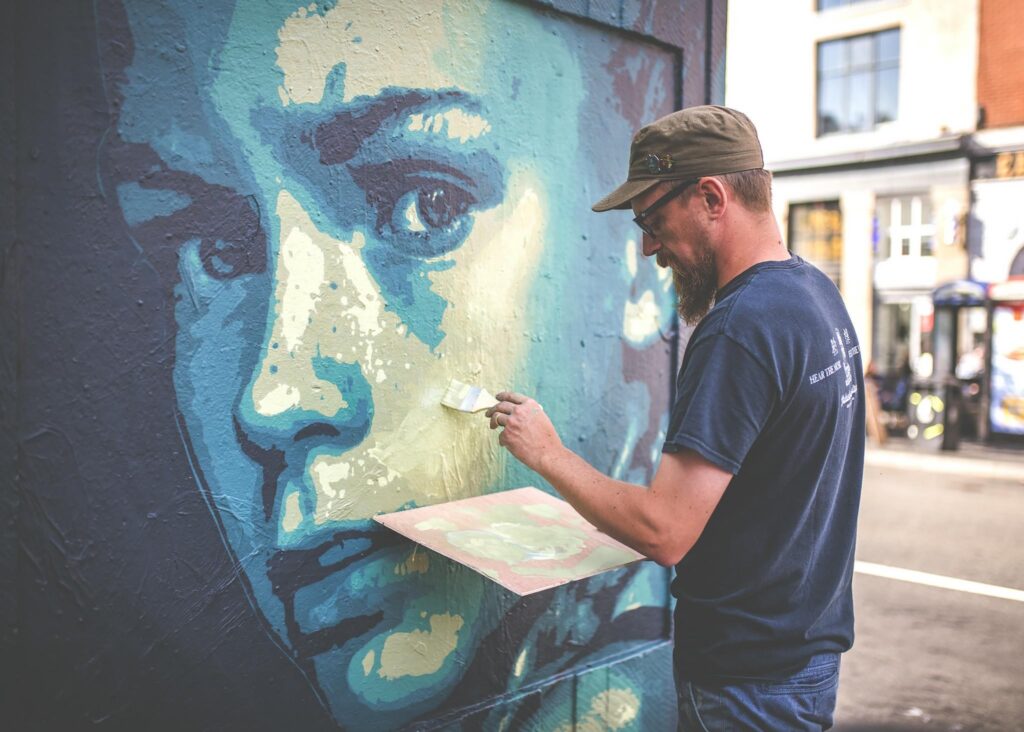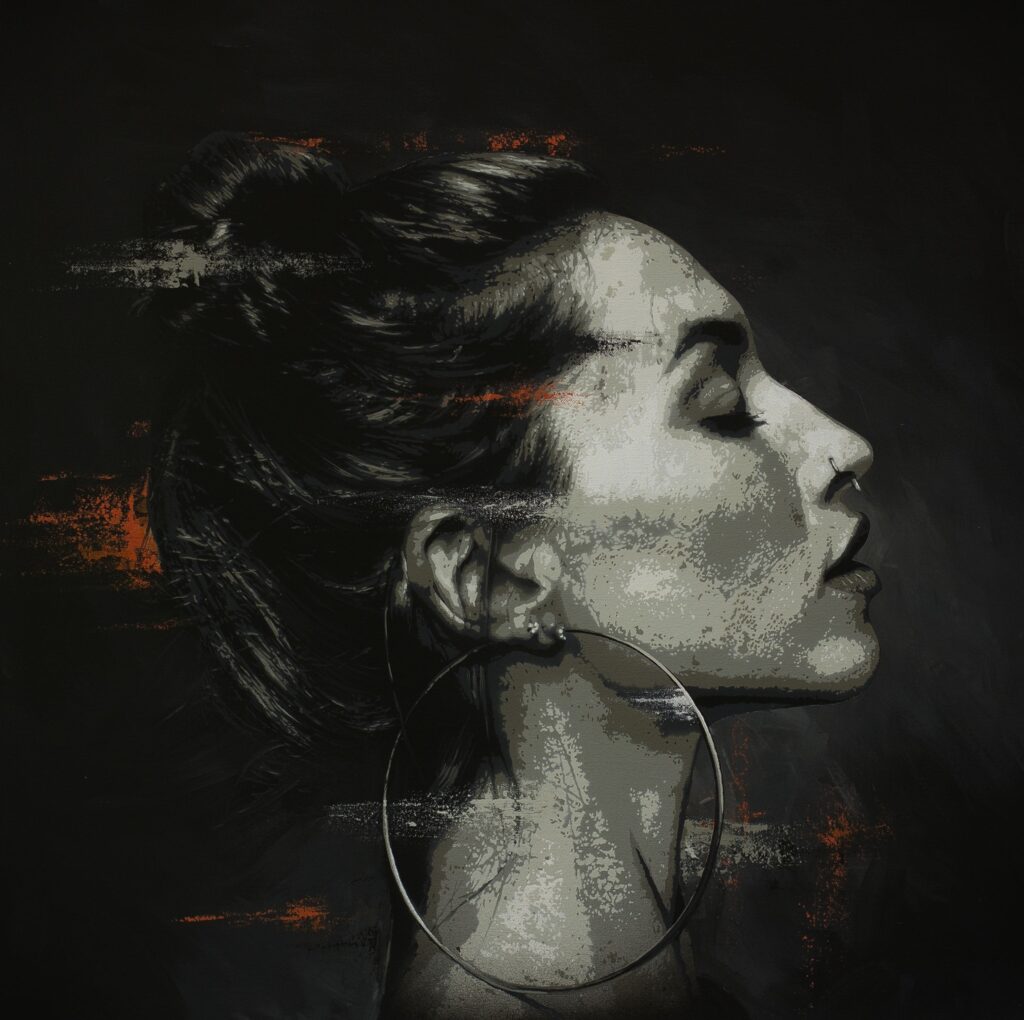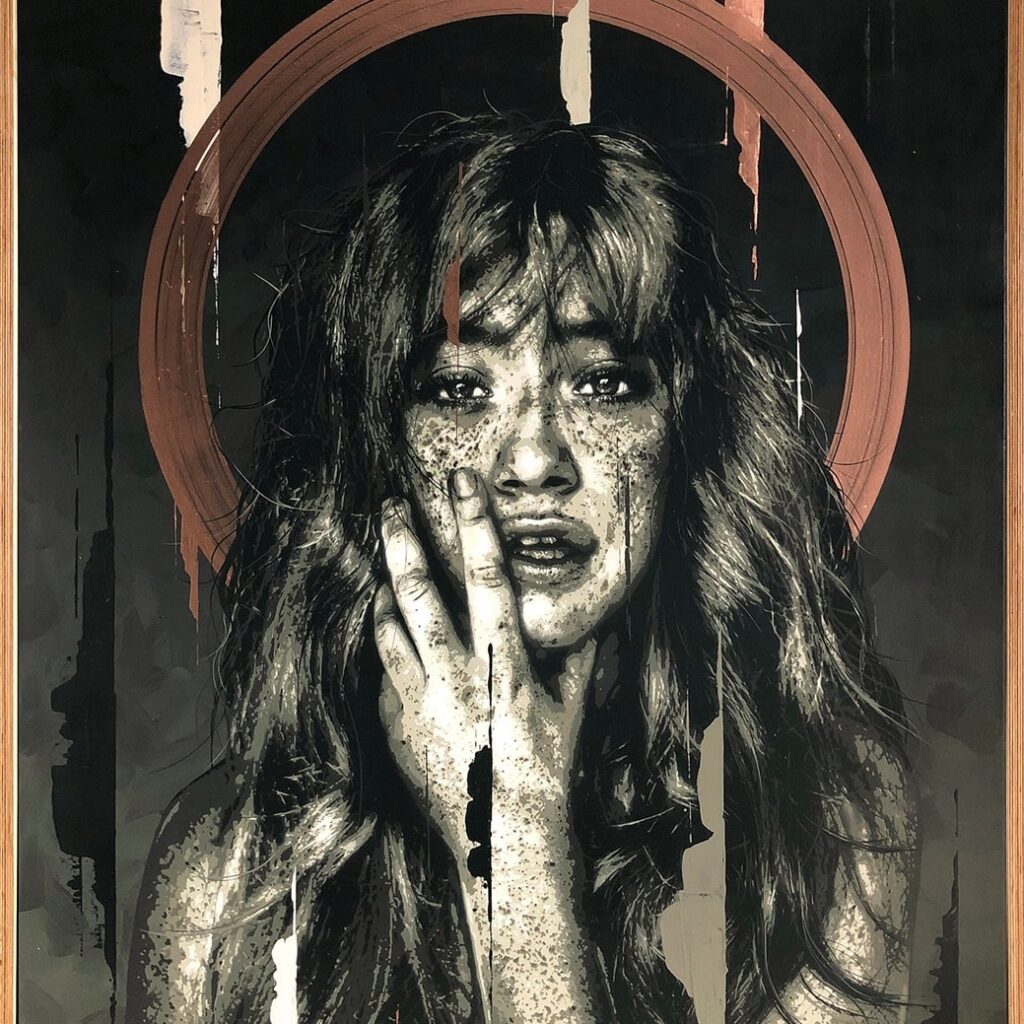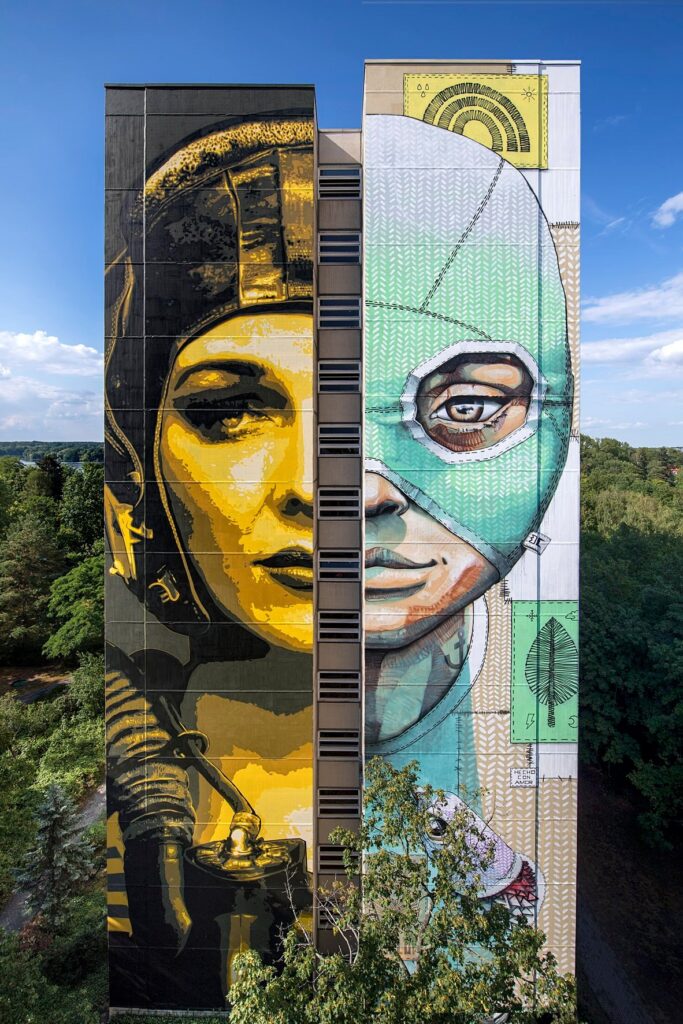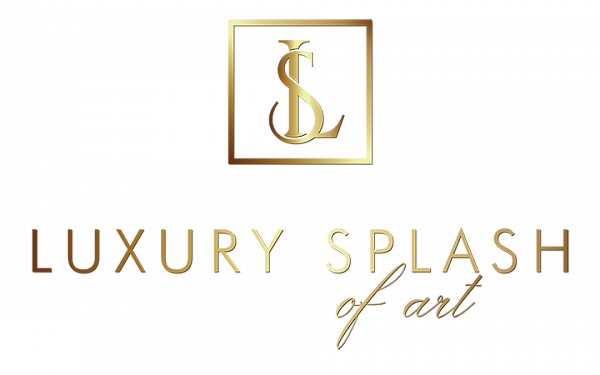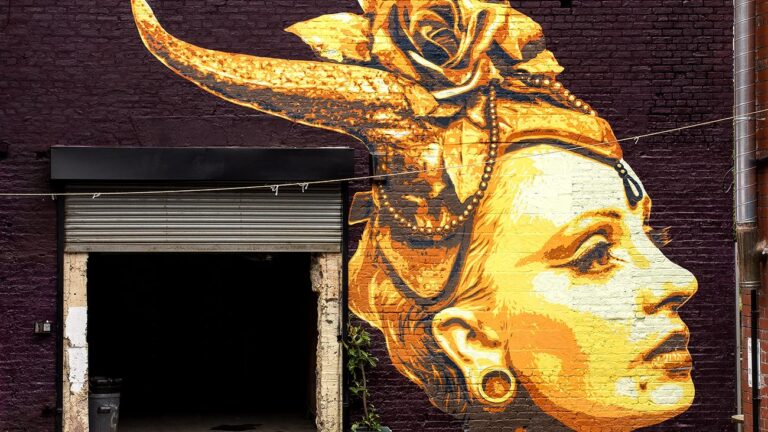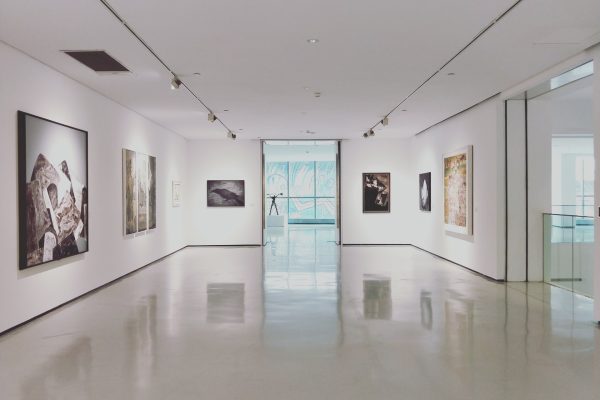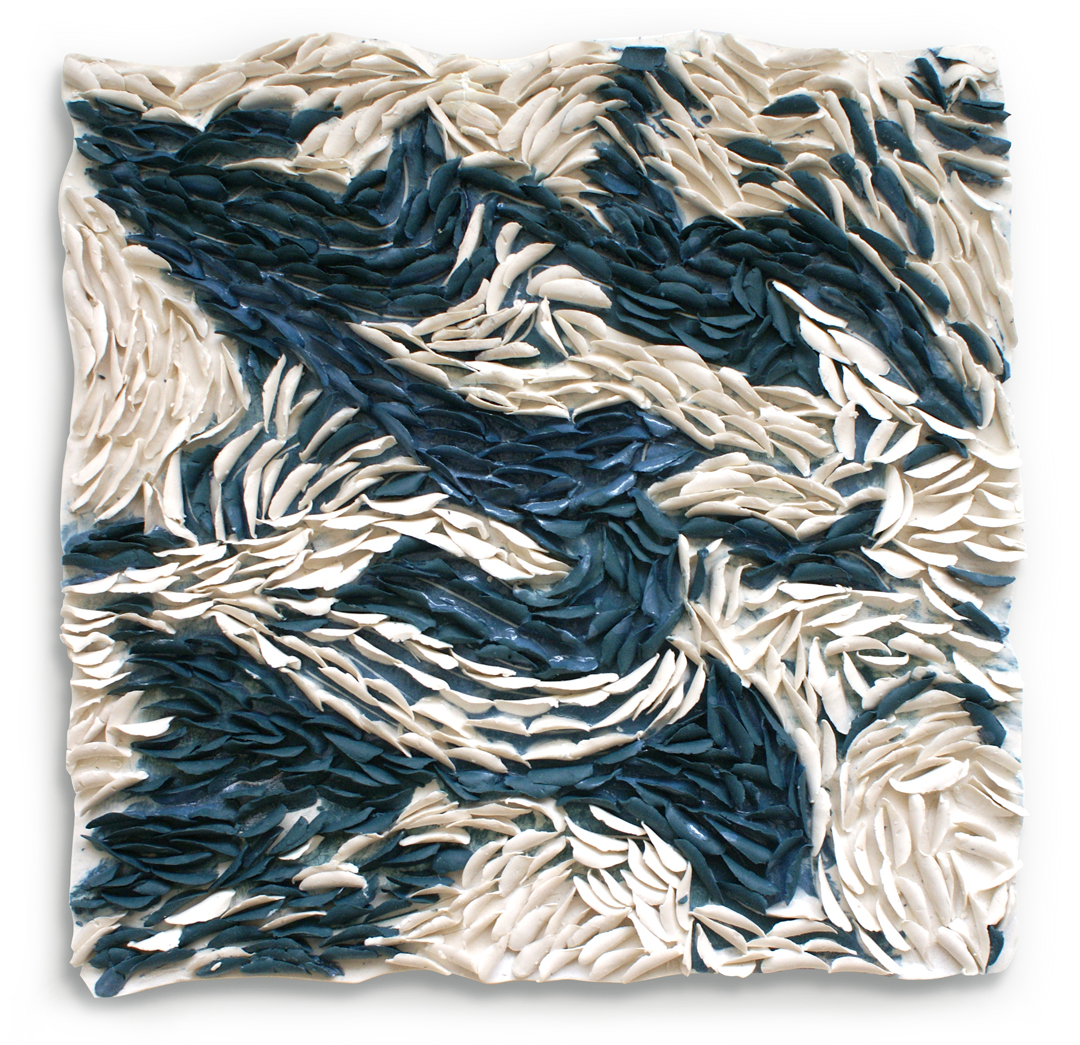The perverse sources of street art can be found in the cave paintings in Lascaux. Graffiti and political slogans covered the walls of ancient Rome. Street art, once seen as vandalism, is widely appreciated today. Artists such as Banksy and Guerrilla Girls are known all over the world. Street art is deeply rooted in the urban fabric and is inextricably linked with it. Monumental murals decorate the walls of buildings, and much smaller posters, templates or stickers are permanent elements of public space. It is an instant way of reacting to the reality that surrounds us. It is often engaged art that touches upon important social problems. The authors clearly express their views in their works. They are dominated by anti-consumerism, pacifism, criticism of social media, attention to poverty and exploitation of the entire social masses. Street art is also a revolt against the tight confines of galleries and museums. Despite this, it is exhibited and collected more and more often.
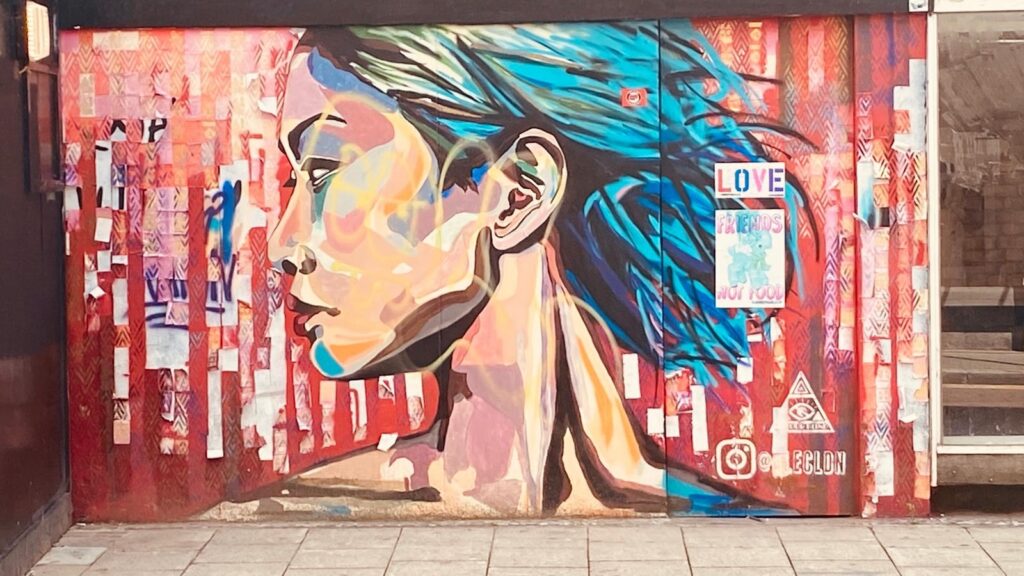
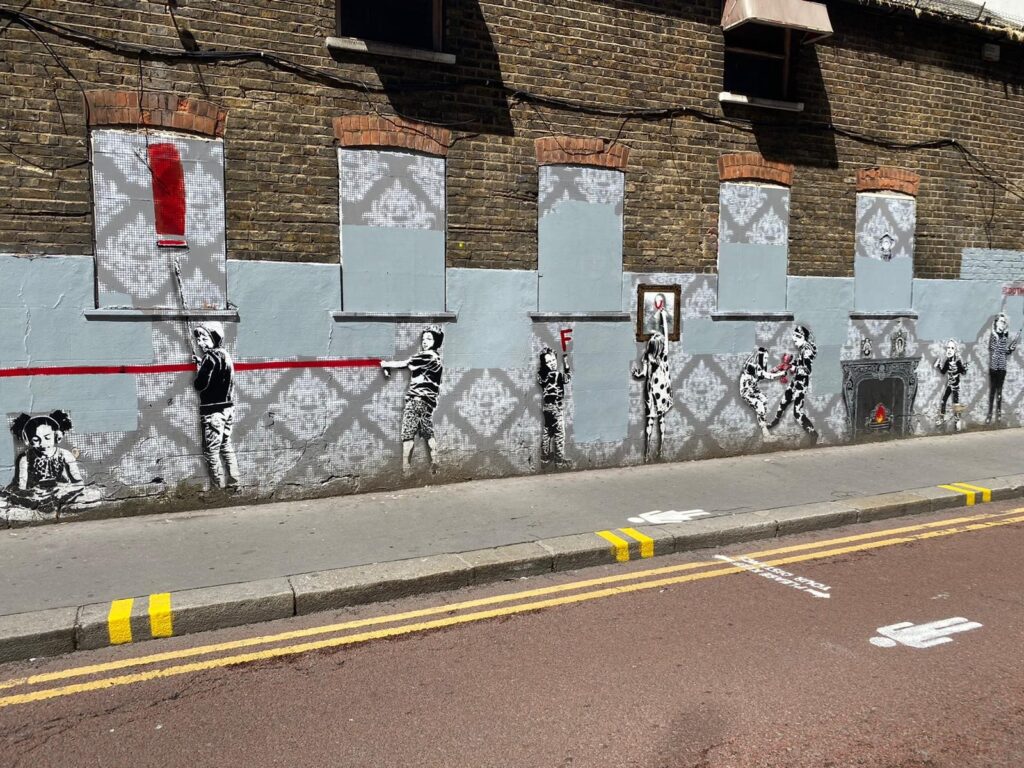
Banksy’s Art in the Age of Lockdown. Place of action – Bathroom.
During the coronavirus epidemic, when leaving the house should be limited, everyone is trying to get used to the new reality. Most of the employees have been posted home, we shop online, and we “meet” with our friends via instant messaging. How can an artist whose studio is the street cope in such a situation? Banksy, the undisputed king of street art, also decided to work in… home office mode. It ended with a mural painted on the wall of her own bathroom, depicting a group of frolics who, among other things, mark the next days of quarantine with lipstick on the mirror. A photo of this work, supplemented with appropriate additives (such as toothpaste, which is “squeezed” by an unruly rat), the creator posted on his Instagram. He gave the post a short description: “My wife hates it when I work from home.”

source: banksy.co.uk
Another Banksy work, a Bristol mural replicating the canvas painting “Girl with a Pearl Earring” by Vermeer, was updated during the coronavirus pandemic. On the character’s face appeared … an antiviral mask, wearing it is one of the safety recommendations. It is not known who is the author of this modification – Banksy or one of the many admirers of his talent. One thing is certain – the updated mural has a very important function – it convinces the British to wear protective face masks. Both of Banksy’s works accurately describe the situation in which almost all the inhabitants of the globe are currently found. Is street art more responsive to changing circumstances than contemporary painting, with its refined paintings on canvas? This is not the first time that such a suggestion has been made. But is it right? Banksy’s latest work, which he published on his Instagram with the caption “Game Changer”,
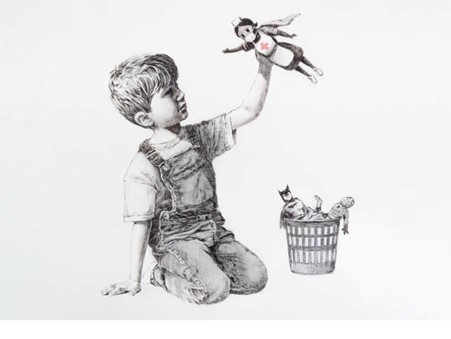
source: banksy.co.uk
Banksy is a British street artist who continues to remain anonymous despite his growing popularity. He mainly deals with murals, most often created in the stencil technique. He is particularly fond of witty and perverse comments on social life and politics.
Banksy is a mystery. His works are not oil paintings, but murals appearing on the streets of cities around the world. So far, no one has confirmed his identity, although many have tried to “catch” him at work. The controversial British street artist often touches on extremely difficult topics with his projects.
Who is Banksy?
No one really knows who Banksy is, although he is one of the loudest personalities in the world of modern art. For years, it has been successfully protecting its identity. The mystery of the artist makes an interest in his work grow all the time. Banksy’s domain is street art works made on city walls in the stencil technique. One of the most popular themes was the rat series called “Rat Art”. Animals symbolized art that was to spill onto the streets as they did. In his works, Banksy addresses various topics, from trivial to very serious ones, such as overconsumption, capitalism, social injustice, politics.
Banksy’s work also influences artists who create oil paintings or acrylics. The selection of street art inspired pieces that you can find in our online art gallery is the best example of this.
Street Art
Marvelled between the busy shops, restaurants and bars of Croydon town centre there is a labyrinth of street art nestled high on walls, hidden in alleyways and spread across buildings. The intriguing artworks capture local and international artistry and show Croydon to be a hub for creativity and culture. Over the past few years, you’ll have probably spotted dozens of murals springing up.
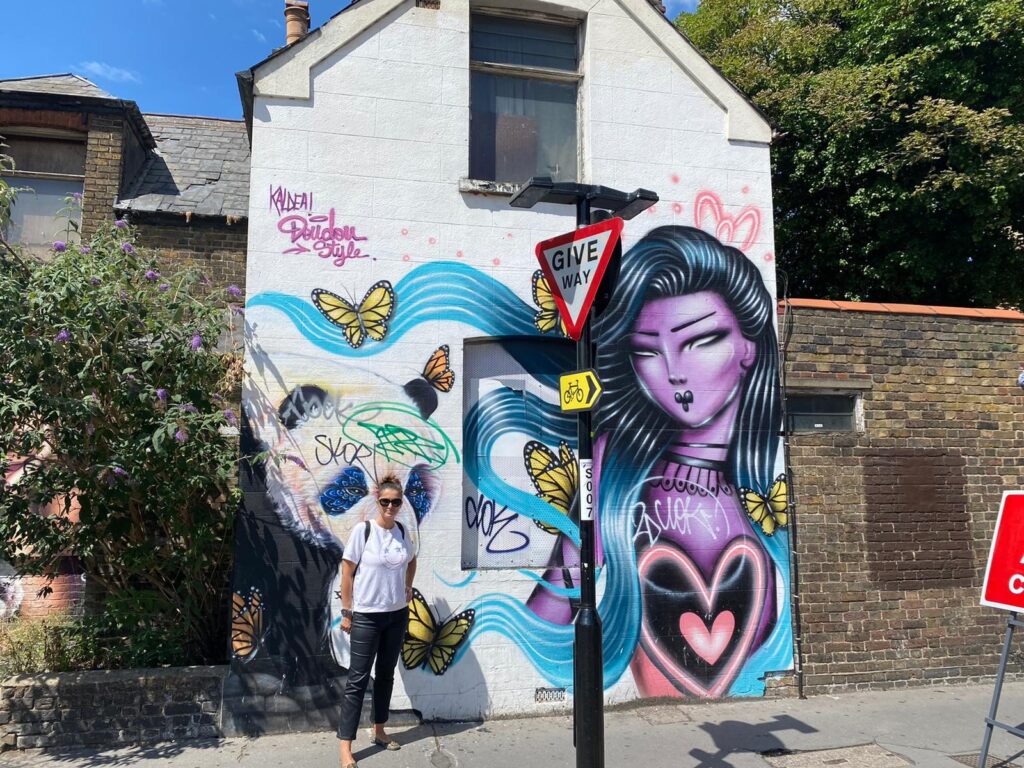
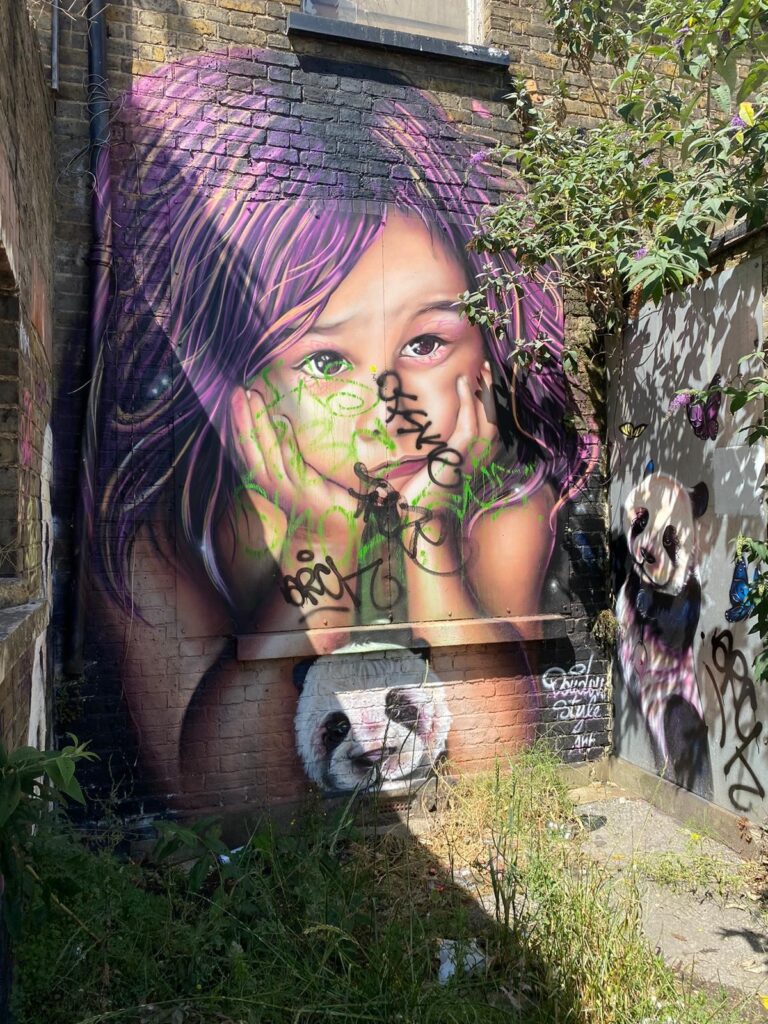
Some are on shop shutters, some on brick walls, others on wooden hoardings.
Some are relatively small while some are huge and require the artists to use a cherry picker.
But whatever their size, most are changed every few months to keep the area looking vibrant.
Here are some of the coolest pieces which you can see at the moment.
Visible from both the Croydon Flyover and High Street, this mural is probably one of the largest pieces of street art in the borough.
It shows a remarkable image of a rhino’s head jutting forward over the shoulder of a young child.
This child, together with the rhino, is staring hauntingly into the distance.
Artist Sonny said he spent a lot of time looking around London for the perfect place to paint the enormous mural, which he created to raise awareness about endangered animals.
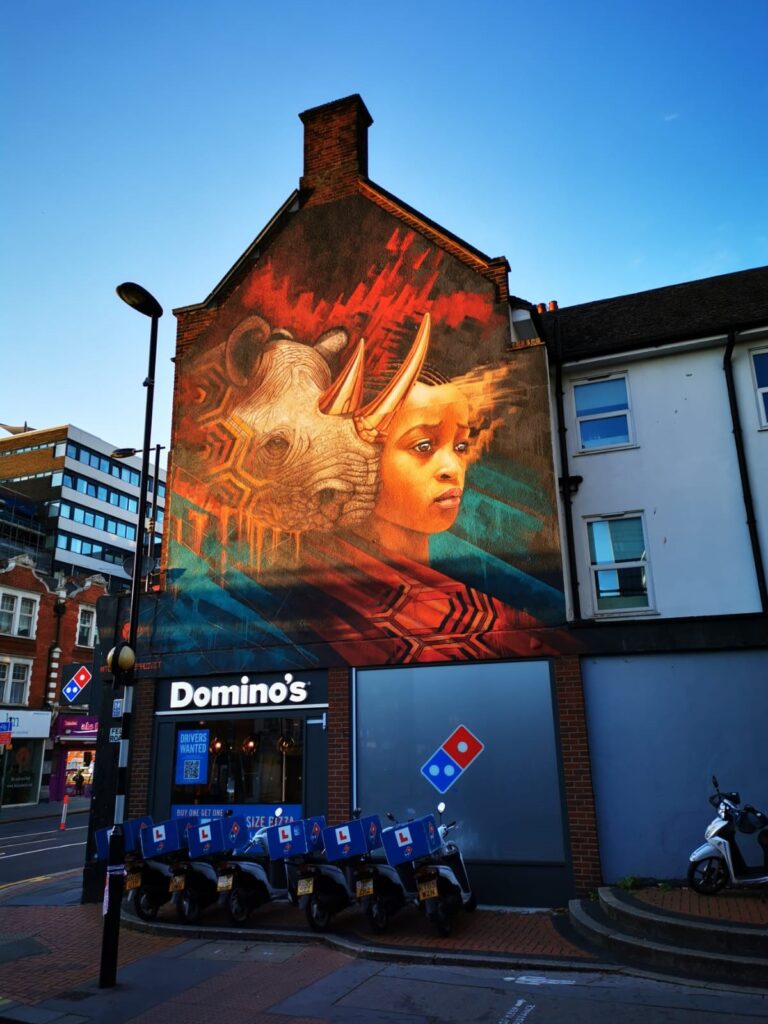
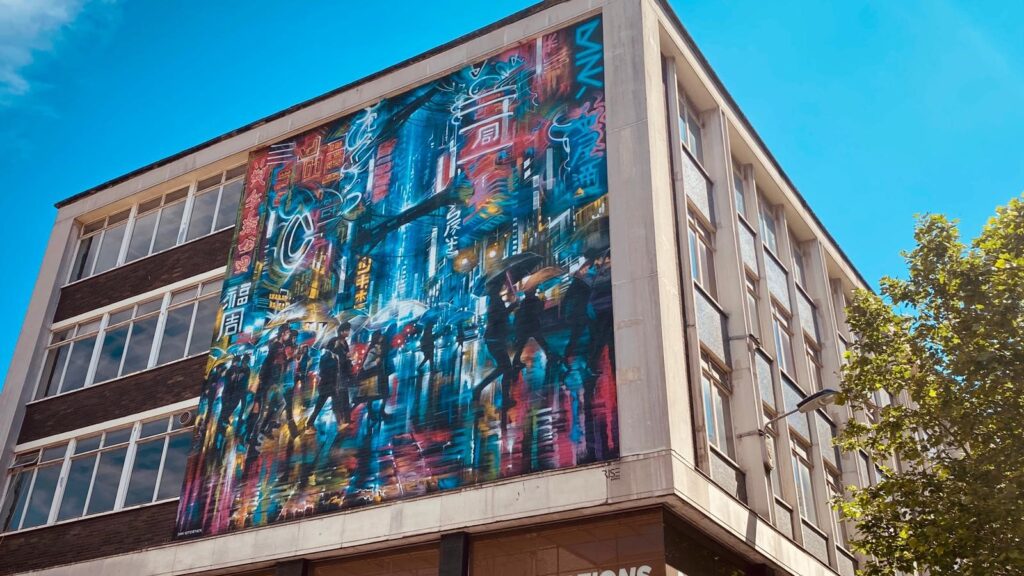
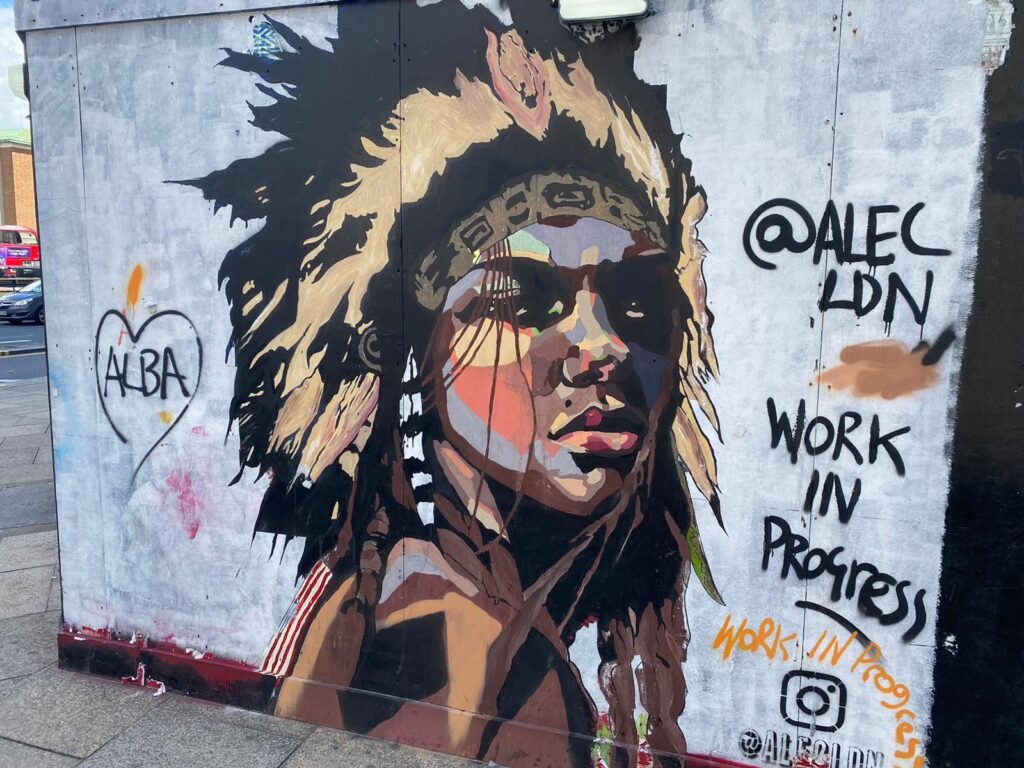
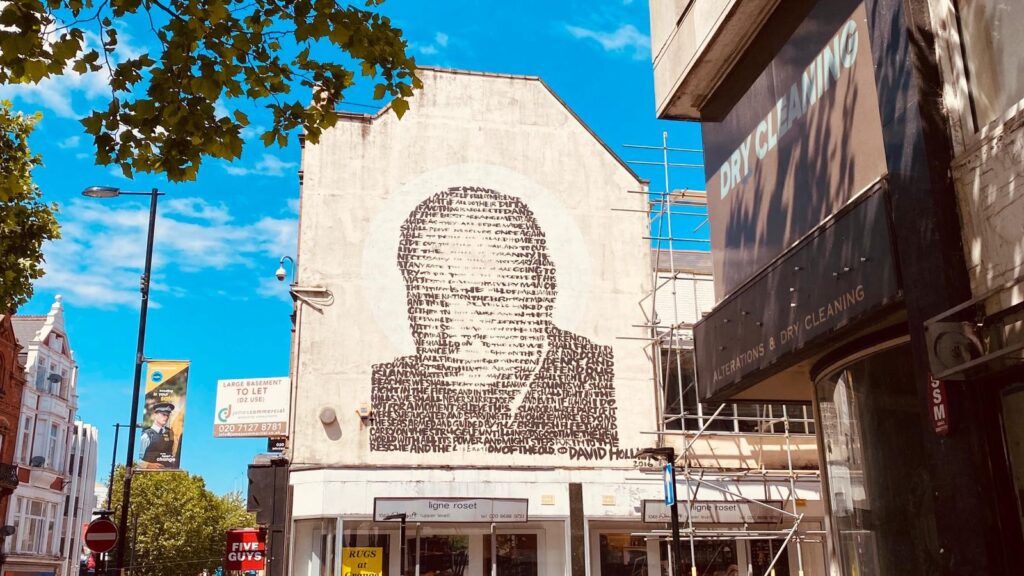
Graffiti – what is it actually for?
Graffiti is the general name for all visual elements, such as captions and drawings, that appear on walls and walls in public spaces and are most often made with spray paint. This type of artistic expression was the most popular in the 1970s and 1980s, when Jean-Michele Basquiat introduced them to an art gallery. Since then, the public has been divided as to whether graffiti is a manifestation of creative imagination or vandalism. Fortunately, painting inspired by art is a great alternative to the so-called “tags” on walls and a chance to own street art.
Another great artist is Irek Jasutowicz knows as Tankpetrol Born in Poland in 1982. Today he is based in Manchester, UK. Originally came from graffiti scene today is known for stencil art, although he uses different techniques ranging from stencils, typography and traditional painting to freehand murals and fine woodwork. His artwork embraces the diversity of women characters. His vivid female portraits evoke the emotional complexity of woman showing fear, anger, nostalgia or self-confidence. Tankpetrol’s murals can be seen in countries around the world including Iceland, Malaysia, Russia, France, Germany and Luxembourg. His canvases can be found in private collections all over the world.
